|
I’ve always loved monsters. Scary or friendly, gigantic or tiny, ugly or beautiful, it doesn't matter - somehow monsters help make sense of the world. As a child, books such as The World of the Unknown: Monsters (a great primer for any child interested in monsters) and Mysteries, Monsters and Untold Secrets fed my fascination with supernatural and mythological creatures, a fascination that has stayed with me into adulthood. Monsters are a consistent element in my novels: the Tree of Life trilogy is peopled by a cast of monstrous beasts such as the giant Carnifex, the winged Kongamato and the dreaded Malign Sleeper, not to mention the Redeemers who haunt Elowen from the very start of the story. Likewise, dragons, the ogre-like Thyrs and the demon-dog Barghests threaten the heroes of my novel This Sacred Isle. Monsters appear in the stories of every culture on Earth – we have been plagued by werewolves, centaurs, trolls, ogres, sea monsters and many more. They can manifest our deepest fears –or our deepest wishes; who has not longed to see a fiery dragon racing across the sky? In many mythologies monsters symbolised functions and aspects of humanity or the natural world. Monsters filled unexplored lands – as humans looked at blank spaces on their maps, of the lands beyond their borders, their imaginations created a fantastical menagerie. For example, in medieval times travellers’ tales spoke of dog-headed men and creatures with neither neck nor head, but with a face set into the middle of their chests. There were Amazons, satyrs, mermaids, Manticores – all portrayed in medieval art and literature. The tradition portraying monsters in art continued – some powerful examples include Apollo and Python by J.M.W Turner, The Colossus by Francisco de Goya and the myriad of beings in The Garden of Earthly Delights by Hieronymus Bosch. And this has continued into our own times, with monsters regular features of our books, films, television and games. Monsters might frighten, amuse or entertain, but they remain a constant feature of our imaginations. In this post, I want to discuss three of my favourite monsters. Of course, choosing just three is very difficult but if I tried to write about all my favourite monsters, this post would be endless! Some honourable mentions must go to Dracula, Medusa, the Minotaur and of course Talos (the giant bronze automaton so brilliantly created for the film Jason and the Argonauts). Balrog - from The Lord of the Rings I’ve posted before about the influence J.R.R Tolkien has had upon my writing and how reading the Lord of the Rings for the first time had an enormous impact on me. Many strange beings – good and evil – populate Middle-earth, and one that always intrigued me most was the Balrog, who attacks the fellowship in the Mines of Moria in one of the most memorable scenes in the whole book. In the complex mythology of Middle-earth, Balrog were once Maia spirits who were corrupted by Melkor / Morgoth into his evil service. The Balrog who appears in The Fellowship of the Ring was buried deep underground, unearthed accidentally by the dwarves to haunt the dark halls of Khazad-dûm. Tolkien does not rush to reveal this terrible being – its presence is hinted long before its appearance. First the fellowship hears troubling sounds" ‘That was the sound of a hammer, or I have never heard one,’ said Gimli. ‘Yes,’ said Gandalf, ‘and I do not like it. It may have nothing to do with Peregrin’s foolish stone; but probably something has been disturbed that would have been better left quiet.’ And after their initial struggle with the Moria Orcs, Gandalf says: ‘Something dark as a cloud was blocking out all the light inside.’ All this tension would be wasted if the monster failed to match our fears, but here Tolkien succeeds. When the Balrog is finally seen, we truly see its strength, its horror. ‘Its streaming mane kindled, and blazed behind it. In its right hand was a blade like a stabbing tongue of fire; in its left it held a whip of many thongs.’ Tolkien tells us enough to inspire fear and awe, but leaves space for the reader to imagine the gruesome details of the Balrog – everyone who reads the Lord of the Rings is left with their own impression of this monster of fire and darkness. I feel it was telling that in the run-up of the release of Peter Jackson’s superb film adaptation of The Fellowship of the Ring, the appearance of the Balrog was one of the most discussed elements – fortunately, Jackson’s version did not disappoint (the heat haze when the Balrog roared was a stroke of genius), and was an undoubted highlight of the film, adding yet more awe and horror to Tolkien’s monstrous creation. Grendel from Beowulf Grendel appears in the great Anglo-Saxon epic poem Beowulf. Composed sometime between 680 and 800AD, it tells of the adventures of the Scandinavian hero Beowulf as he battles three terrifying supernatural enemies: the monster Grendel, Grendel’s mother and a mighty dragon. Beowulf comes to the aid of Hrothgar, King of the Skyldings in Denmark. Hrothgar’s great hall Heorot has been abandoned for twelve years, following attacks by the monster Grendel, who strikes at night, crushing warriors to pieces and dragging their corpses back to the marshy wilderness. Grendel is provoked by the sounds of feasting from Heorot: “Then the brutish demon who lived in darkness impatiently endured a time of frustration: day after day he heard the din of merry-making inside the hall, and the sound of the harp and the bard’s clear song.” Beowulf confronts Grendel, tearing off the monster’s right arm in a furious struggle – the mortally wounded Grendel flees, returning to his marshy home to die. After Beowulf faces and slays Grendel's avenging mother, he becomes King of the Geats and reigns for fifty years, until he dies defeating a dragon that ravages his kingdom. My first awareness of Grendel came as a child when reading The World of the Unknown: Monsters and I saw a vivid depiction of him – his anger, his rage, his madness. I first read Beowulf at school and have read different versions since – including Seamus Heaney’s wonderful translation – and always find new pleasure and meaning in the story. My novel This Sacred Isle was in no small part inspired by Beowulf and the hero’s battles with the three monsters, and I am sure there are countless interpretations of what the character of Grendel means, but for me, Grendel symbolises fear of the unknown, of the wild, one of the most primal of all human fears. We live in an increasingly urbanised and connected world, but the fear lingers that in the remaining wild spaces, monstrous horrors still lurk… The Pale Man from Pan's Labyrinth The Pale Man is a haunting, unsettling presence in Guillermo del Toro's masterpiece of fantasy cinema: Pan’s Labyrinth. The story takes place in Spain during the early Francoist period, five years after the bloody Spanish Civil War. Ofelia travels with her pregnant mother to live with her stepfather, Captain Vidal, who mercilessly hunts the Spanish Maquis who fight against the Francoist regime in the region. The narrative intertwines the brutal reality with a mythical underworld - Ofelia meets a faun who tells her she is the reincarnation of a lost princess of the underworld realm; the faun gives Ofelia a book and tells her she must complete three tasks to acquire immortality and return to her kingdom. During her second task, Ofelia encounters the Pale Man: a child-eating monster, he is a hideous, cadaverous figure with eyeballs in the palms of his hands. He sits alone and motionless at a lavish banquet, though the plates and bowls of food are untouched. Although Ofelia is warned not to eat anything there, she takes grapes, awakening the Pale Man. He chases Ofelia, but she manages – just - to escape his murderous clutches.
The cruelty of fascist Captain Vidal, the Francoist state and a complicit Catholic Church are all embodied within the Pale Man: like these oppressive powers, the Pale Man devours the young, endlessly, piteously, a nightmarish vision of madness and lust. Monsters often reflect our worst human excesses, and in doing so form a warning we would do well to heed. I believe the Pale Man is fascism stripped of all pretence and illusion, stripped of all the flags, the uniforms, the speeches, the propaganda – all that remains is cruelty and monstrosity. Which are your favourite monsters? Please leave a comment and join the conversation.
1 Comment
One of the joys of reading fantasy fiction is the opportunity to dive into and explore imaginary worlds. Well-crafted secondary worlds are not mere background – they enhance and enrich the story, and help shape the characters and themes. These worlds feel like living and breathing places, as if the author is using a real setting, describing lands and places they have actually visited. Such worlds seem to exist beyond the immediate narrative of the story; as a reader you can easily imagine other stories happening simultaneously, with other characters experiencing adventures and challenges of their own.
In this post I am going to discuss three of my favourite imaginary worlds – Middle-earth, Osten Ard and Gormenghast. Middle-earth I have posted previously about how the work of J.R.R Tolkien inspires my writing, and of all the secondary worlds in fantasy fiction, Middle-earth is the most famous and the most imitated, inspiring settings across the genre of epic fantasy. Tolkien described his world: “The theatre of my tale is this earth, the one in which we now live, but the historical period is imaginary. The action of the story takes place in the North-west of Middle-earth, equivalent in latitude to the coastline of Europe and the north shore of the Mediterranean.” Middle-earth is complex and coherent, drawn from deep pools of mythology, language, history and geography. Tolkien’s academic grounding in Anglo-Saxon, Celtic and Norse mythology helped shaped the landscape. The scale and depth of Tolkien’s creation is almost overwhelming: the characters, races, lands and legends. Readers have long pored over maps of Middle-earth, exploring places such as the peaceful, bucolic Shire, Rivendell, Gondor, Mirkwood and the bleak, desolate Mordor.
This is an ancient landscape, with a real sense of history; Middle-earth shows the effects of time, with the remnants of lost civilisations such as the Tower of Amon Sûl, the Barrow-downs and the Argonath. The natural world is always present – flora and fauna, the passing of the seasons, the night-sky, the sun and the moon. Despite the fantasy elements – the creatures, the sorcery – Middle-earth feels real and the characters endure real physical ordeals (hunger, thirst and exhaustion); the rules of nature are not ignored, and indeed serve to underpin and strengthen the fantastical parts of the story.
The story is deeply rooted in the landscape: Middle-earth is alive, an active character in Tolkien’s work. For example, when the Fellowship attempts the pass of Caradhras, they describe the mountain as though it was a character: Gimli looked up and shook his head. ‘Caradhras has not forgiven us,’ he said. ‘He has more snow yet to fling at us, if we go on. The sooner we go back and down the better.’ And think of the forests of Middle-earth, such as Fangorn, Mirkwood and the Old Forest – these are not generic woodlands but places with unique characteristics, and perils, of their own, and each serves to challenge the characters in Tolkien’s stories. This is not an inert landscape, just a passive resource to be plundered – Middle-earth reflects Tolkien’s profound ecological concerns and his respect, even reverence, for the natural world. And Middle-earth is a threatened world, whether through the malice of Sauron or from Saruman’s uncontrollable lust for technology and power. The words of Saruman retain a chilling resonance to our own world’s problems: "We can bide our time, we can keep our thoughts in our hearts, deploring maybe evils done by the way, but approving the high and ultimate purpose: Knowledge, Rule, Order; all the things that we have so far striven in vain to accomplish, hindered rather than helped by our weak or idle friends. There need not be, there would not be, any real change in our designs, only in our means." Saruman ruins his environment to serve his own purpose – he is indifferent to the damage he creates, he sees only his own needs and desires. In our world of growing man-made environmental catastrophe, this is something we can easily recognise. Tolkien’s work may have a reputation at times for being cosy and inward-looking, but he warns against the folly of unfettered greed and ambition, and shows that exploitation of our natural world can lead only to our own suffering, even destruction. Middle–earth forms part of the imaginative landscape of millions of readers, and continues to be an inspiration for writers, artists, filmmakers, musicians and environmentalists.
Osten Ard
“Welcome stranger. The paths are treacherous today.” I first encountered the world of Osten Ard in Tad Williams’s landmark epic fantasy series Memory, Sorrow and Thorn – an influential work described by Locus magazine as ‘The fantasy equivalent of War and Peace.’ Superficially, Osten Ard resembles many Tolkien-inspired secondary worlds, with its medieval milieu, mountains, forests and swamps, but the Memory, Sorrow and Thorn series both uses and challenges many tropes and assumptions of the genre. There are few easy answers in Osten Ard, and do not expect simple separation into good and evil.
Memory, Sorrow and Thorn is a long read but never dry; written with wit, wisdom and intelligence, it is filled with excitement and memorable three-dimensional characters (Isgrimnur and Binabik are two of my favourites). And the world of Osten Ard – from the Wran to the Nornfells – plays an enormous role in the success of the story.
The depth and coherence of Osten Ard gives a strong foundation to the fantastical parts of the story, and in many cases reflects the psychology of the races and characters within. For me, the most fascinating part of Osten Ard is the fortress of the Hayholt. Doctor Morgenes describes it thus: “The Hayholt and its predecessors – the older citadels that lie buried beneath us – have stood here since the memories of mankind.” The Hayholt was formerly known as Asu'a, and was a city of the Sithi, the elf-like former rulers of Osten Ard, before it was besieged and captured by human invaders. The Hayholt is a haunted place, a place of secrets, with tunnels and caves beneath – it is not just a striking location, it symbolises suppressed human guilt over their genocidal war against the Sithi. This is typical of the complexity and ambiguity that lifts Osten Ard far above most secondary worlds in the genre. If you are yet to discover Memory, Sorrow and Thorn, then I recommend you make it your next fantasy read – the paths might be treacherous, but once you start exploring Osten Ard, you’ll find it a rewarding and absorbing journey. Gormenghast “Gormenghast, that is, the main massing of the original stone, taken by itself would have displayed a certain ponderous architectural quality were it possible to have ignored the circumstances of those mean dwellings that swarmed like an epidemic around its outer walls.” Sometimes lazily compared to the Lord of the Rings, Mervyn Peake’s Gormenghast books (consisting of Titus Groan, Gormenghast and Titus Alone) resist easy description and classification: a fantasy, a scathing allegory of British life and society, a dystopian vision - whether the books are perhaps all these things or none, there can be no doubt they form a highly original work, dreamlike, layered and gothic. Central to the story is the monstrous edifice of Gormenghast itself; the ancient towers and mighty walls create a dense oppressive atmosphere, and an ideal setting for the madness of the ritual-ridden society trapped within. In less skilful hands, the dark architecture – the Stone Lanes, the Tower of Flints, the Great Kitchen – could have submerged the story, but instead through Peake’s witty prose, the setting adds elements both surreal and darkly comic.
The story is peopled by a carnival of eccentrics, such as the demonic cook Swelter, the cadaverous Mr Flay, Lord Sepulchrave (76th Earl of Groan), morose, exhausted, depressed by the endless demands of his role, and of course the murderous kitchen-boy Steerpike, the main driver of the narrative who schemes and slaughters his way to power. With life orchestrated by each day’s instructions from the Book of Ritual, many of the characters inhabit the dank, damp corridors and rooms of Gormenghast like ghosts. Yet, although the inhabitants of Gormenghast are larger than life, they have only too human foibles and failings such as greed, vanity and ambition. It is a fantasy but one uncomfortably close to our own lives; if we choose to look we can see our own weaknesses reflected.
Despite the eccentricities (though this is not a fantasy world of magic and dragons), Gormenghast feels so real, so tangible. When reading these books, I can almost smell the damp and mould, shiver in the cold rooms and passages, cower under the crumbling walls and towers of stone. Gormenghast itself, huge and malevolent, seems to be rotting, sinking, reflecting the corruption and empty ritual of its society. But while there is doubtless darkness in the Gormenghast books, a deep, suffocating darkness at times, one can also find kindness, humour, beauty and tragedy, all held together by Peake’s wit, psychological insight and vision. Which are your favourite fantasy worlds? Please leave a comment and join the conversation. If you’re interested in my writing, you can get the ebook version of my first novel - The Map of the Known World – for FREE. Please see the following Kindle preview: |
Archives
October 2023
Categories
All
|
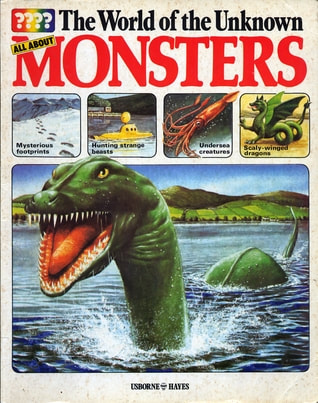
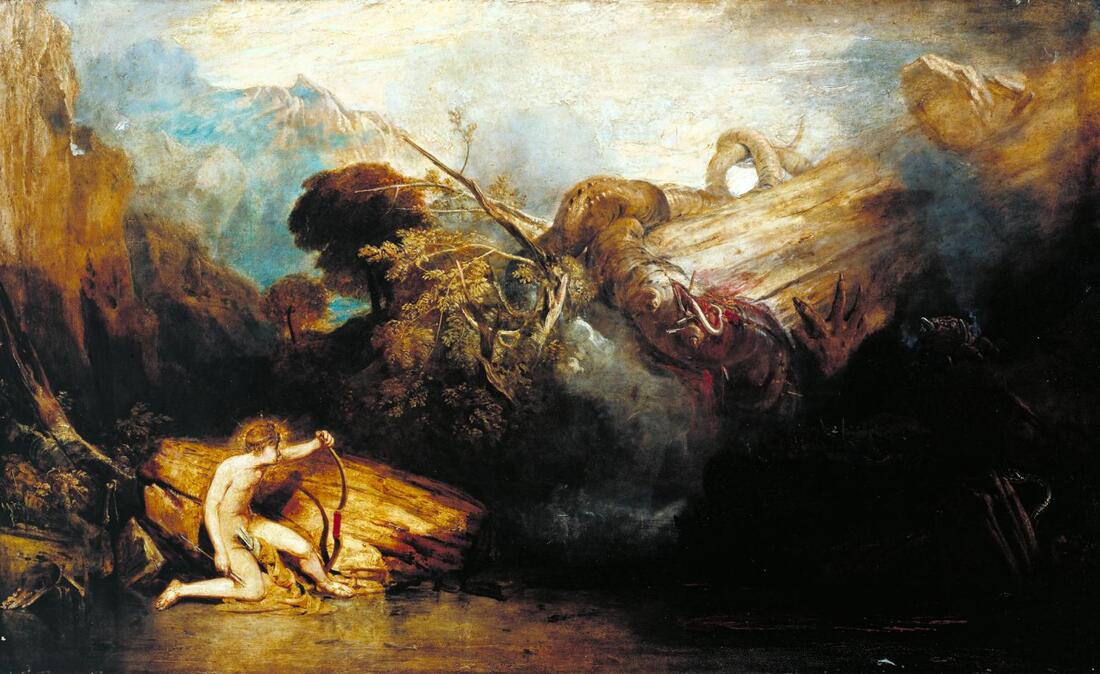
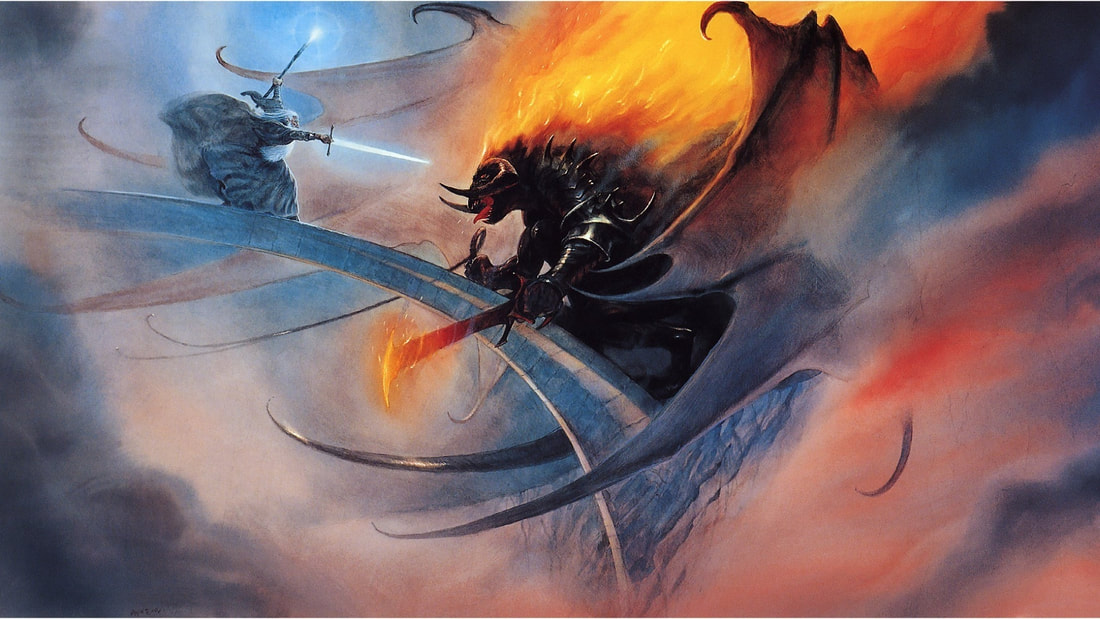
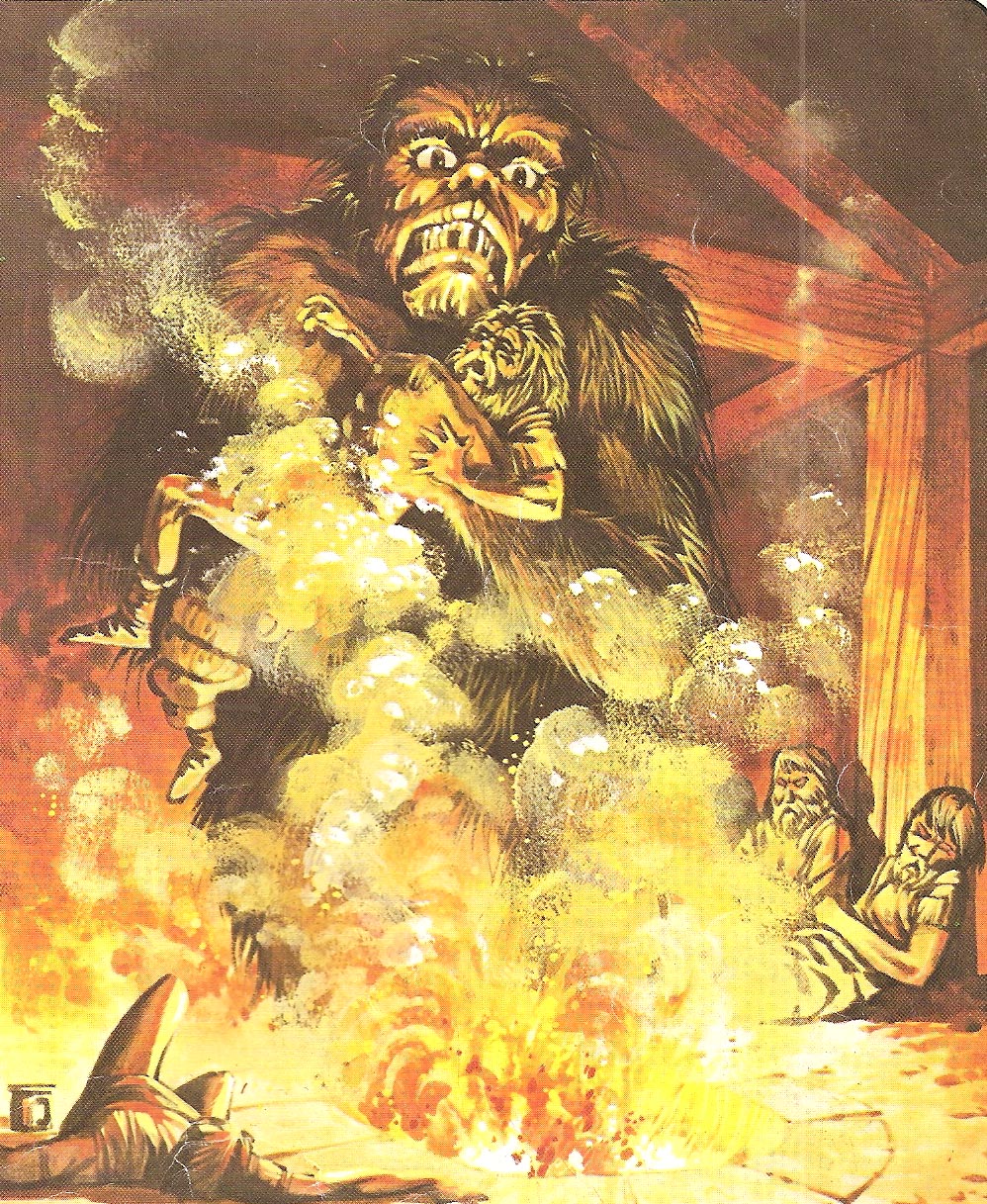
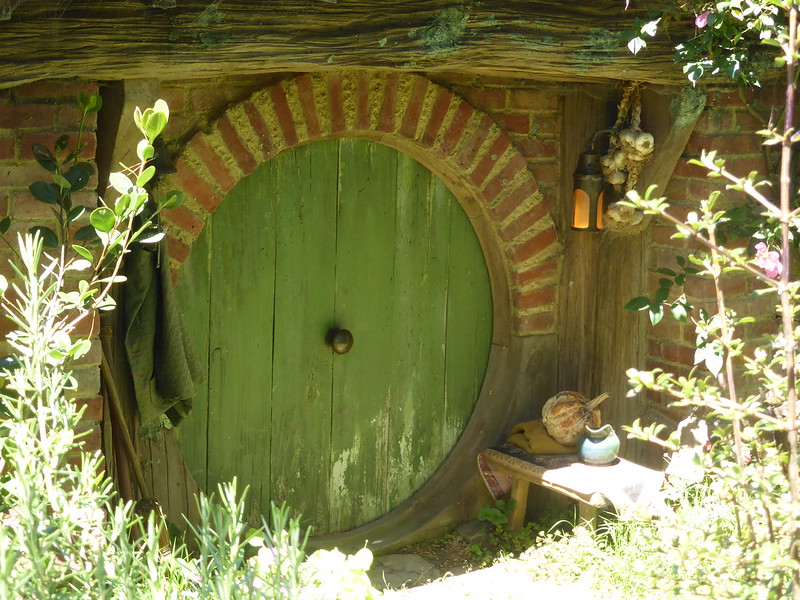
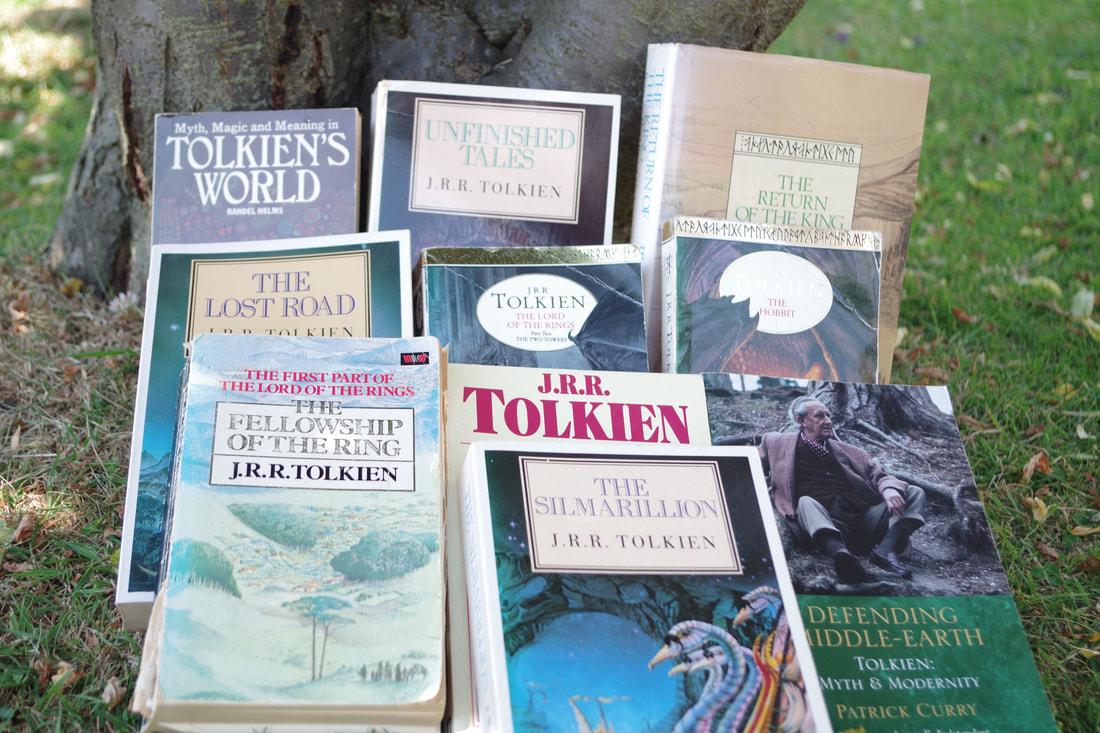
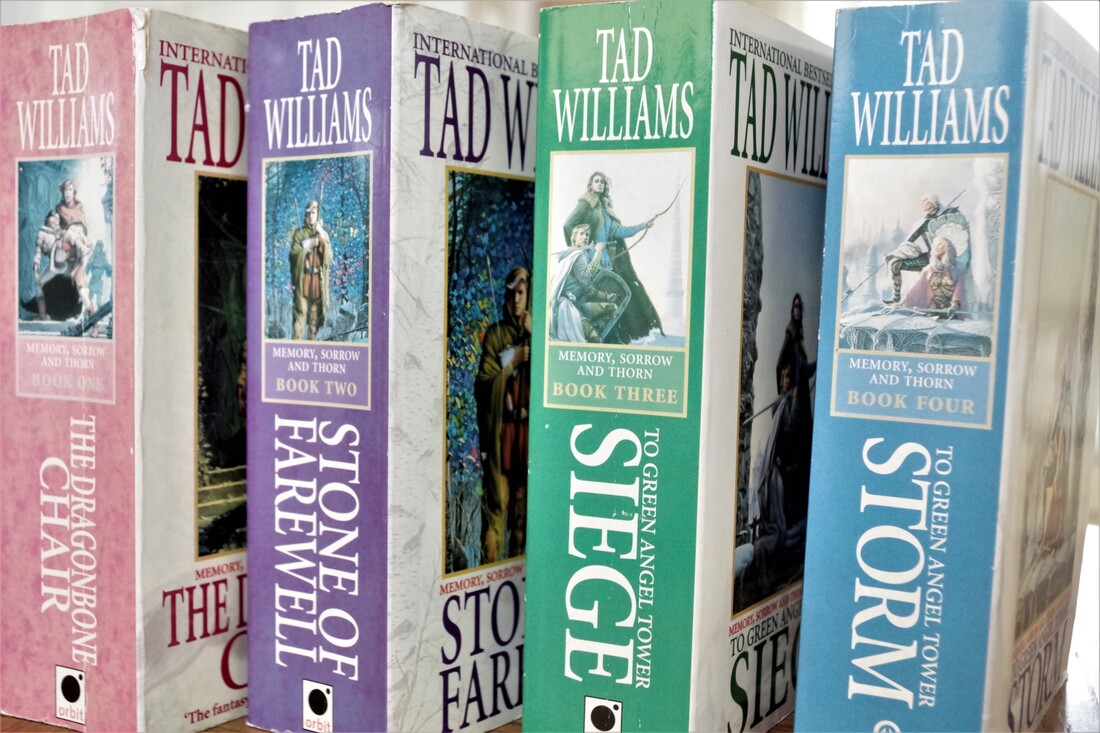
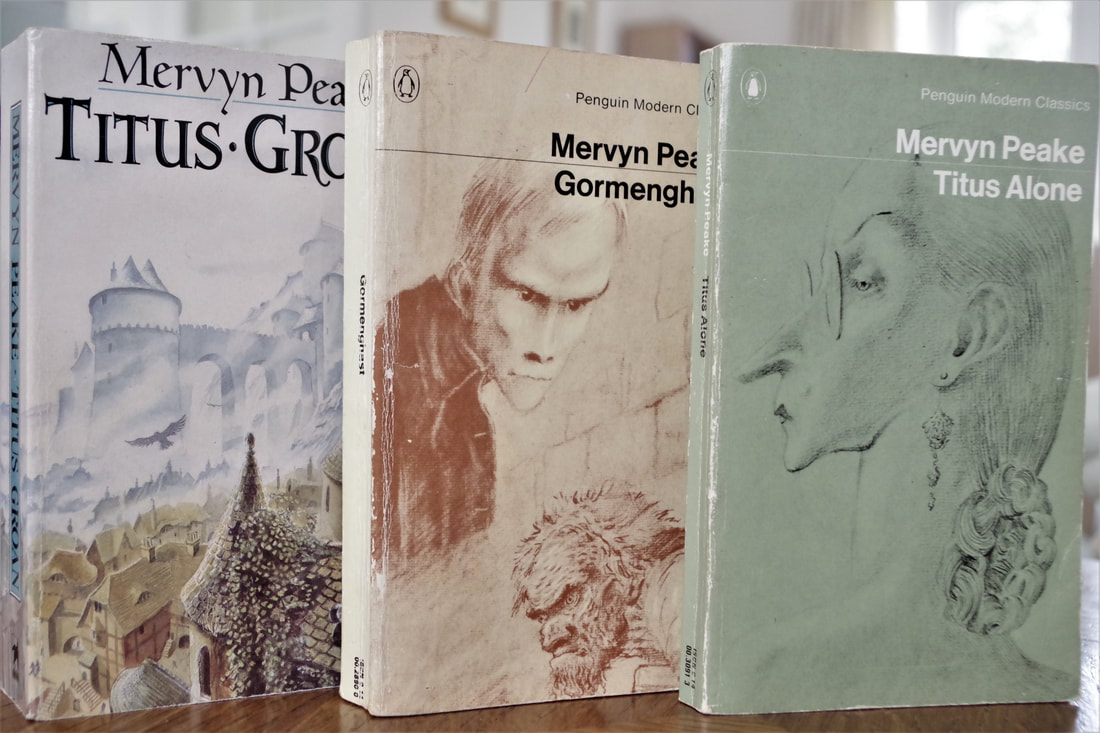
 RSS Feed
RSS Feed